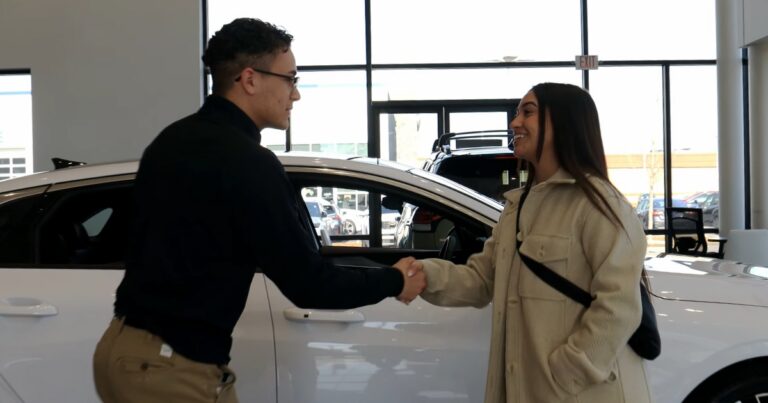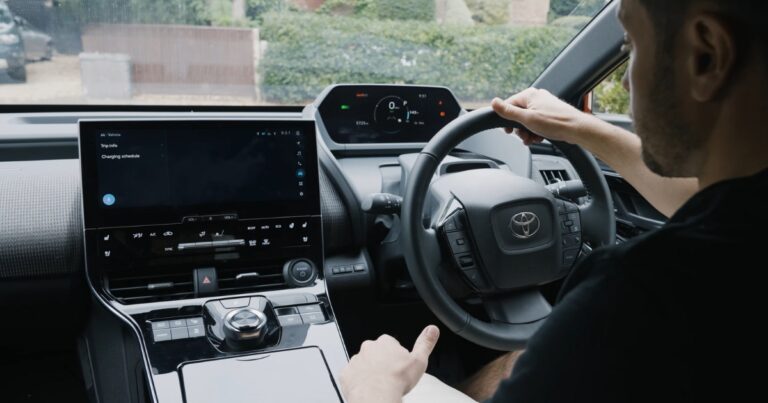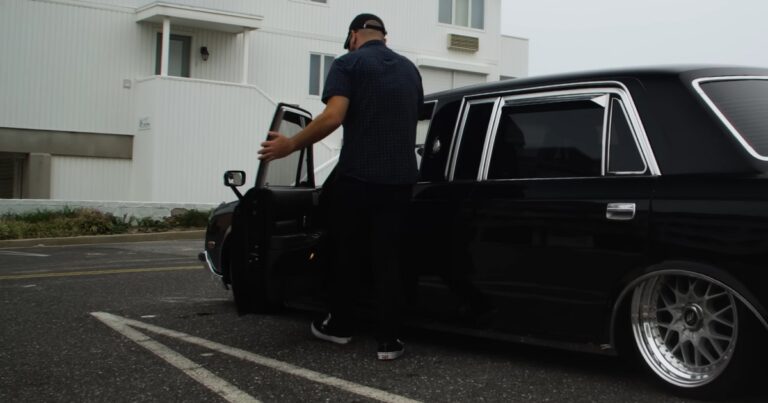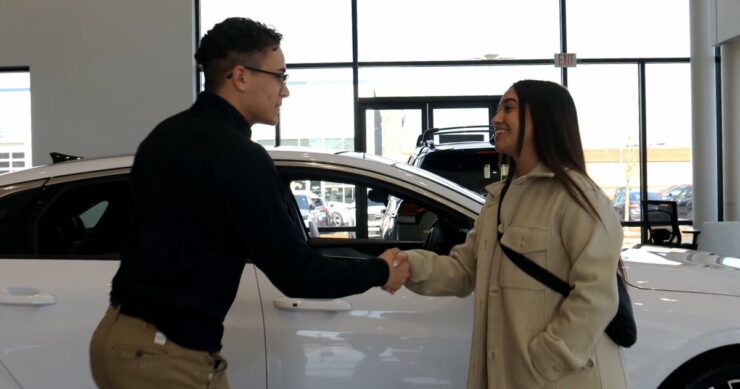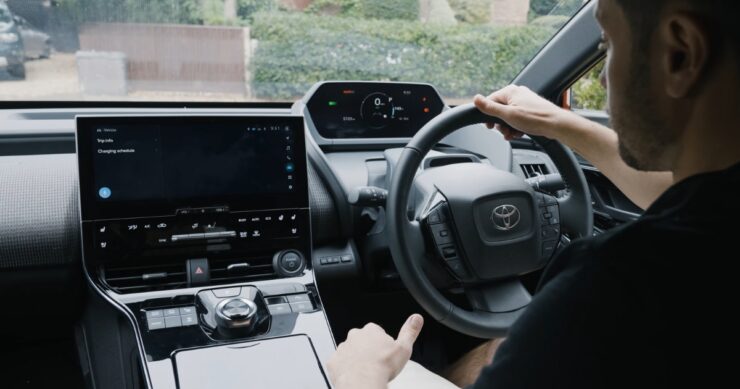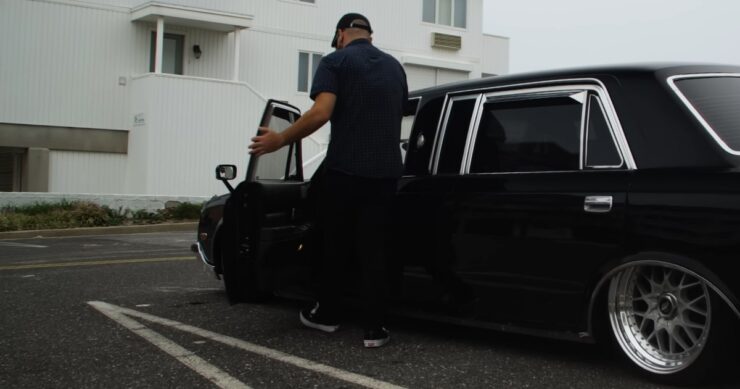If you are looking for a new vehicle, you may soon find out that purchasing one has become more expensive. The average price of new cars was around $46,500 in 2022, around 13% higher than the previous year. Consider leasing a car as an alternative, more affordable short-term option.
Let’s dive into what exactly car leasing is, how it works, and what to consider at the end of the lease.
What Is Car Leasing?
When you lease a car, you ‘rent’ it for a certain time and mileage, on which you need to make monthly lease payments with interest. You require a good credit score to lease a car, and your payment report will appear on a credit check. Your lease term is determined by
- MSRP (Manufacturer’s suggested retail price): This is non-negotiable
- The sales price or capitalized cost: The price you pay for the car, which you can negotiate.
- Residual value: How much it’s worth after the lease ends.
- Money factor: the interest rate (set by the manufacturer) you will pay on the borrowed money.
Some terms to keep an eye out for:
- Leese: The person signing the lease
- Lessor: The company or person leasing you the car
- Balloon payment: A large balloon payment means your monthly price will be lower. However, it can be risky if you don’t have a solid plan for how you’ll pay back.
- Drive-off fees: These include sales tax, deposit, and more you must pay before you get your car keys.
- Early termination fee: The fee you pay if you want to end your contract early.
- Disposition fee: Administration or cleaning fee when you return the car.
- GAP (Guaranteed Asset Protection) insurance covers the gap between the car’s worth and what you owe in case of an accident.
- Mileage limit: Your lessor will cap your mileage and charge you a mileage penalty if you drive over the agreed-upon number.
How Does Car Leasing Work?

You first need to figure out the car make and model you want to lease and the number of miles you will drive each year. But, if you don’t have a make or model in mind, search for the best leasing details (make sure to negotiate even then!), you should overestimate your annual mileage to avoid mileage fees. Next, go to the local dealership and take the car for a test drive to confirm it meets your requirements. Then consider the type of lease you want:
- Closed-end lease: You and your lessor have agreed on how the vehicle’s value will depreciate during your lease term.
- Open-end lease: The car’s value isn’t in the contract, and you can get a refund if the car’s value is more than what you expected, but you’ll have to make up the difference if it’s worth less than expected.
- Single-pay lease: Instead of monthly payments, you opt to pay up for the entirety of the lease. If you have lower credit scores, it helps you get favorable prices.
Here are some questions you should ask before signing your lease:
- What is the mileage limit and penalty?
- Can I transfer my lease?
- What is the buyout price of the car?
- Are there any incentives, such as military or student discounts on specific models?
- What’s the trade-in process if you want to upgrade to a better model?
- What do they consider excessive wear and tear?
Remember to compare different offers and negotiate a better lease to get the best deal.
What Happens At the End of a Car Lease?
You must return the vehicle to the dealer or leasing company at the end of its term. Companies like Lease End can help you keep your car after ending your lease.
Let’s look at what commonly happens.
The Car Undergoes Car Inspections and Repairs, and You Return It
Your car will undergo a no-charge vehicle inspection before you can return it. Automakers allow reasonable wear and tear, such as:
- Worn tire tread depth
- Slight wear on upholstery
- Minor scratches on the windscreen
- Light scuffs on the bodywork
- Light stains on the carpet
- Paint scratches
However, you will have to pay for repairs if:
- You were in an incident or accident that caused severe damage
- Chips in the windscreen glass
- Permanent stains on the upholstery
- Deep dents along the single panel of the exterior
You Buy Out Your Car Lease

A buyout is when you purchase the car at the end of the lease term, and it is ideal if you don’t want to lease or buy another car and can afford the outlay. The lease agreement states the buyout price, which depends on the vehicle’s predicted residual value at the end of the lease term. It also considers factors such as make, year, and model of the car, current value (which can be lower or higher than residual value), and contribution to the down payment.
You can negotiate a buyout price with the leasing company based on the car’s current value. If your vehicle has excess wear and tear, keeping the car can save you money. Your leasing company will be willing to negotiate down and waive the disposition fee, as they won’t need to fix the vehicle for auction or resale. However, avoid buying the car if the buyout price is more than the car’s value or if you need a car loan to purchase it because it can lead to high interest.
You Transfer or Swap Your Lease
A lease transfer or swap allows you to transfer your car lease to another person under the same conditions on the original lease agreement. However, call the leasing company or read your contract before the decision because some companies prohibit lease transfer or only allow limited transfer, meaning you will remain on the lease to share liability.
The leasing company will have the final say on the transfer. They will do a credit check on the individual to ensure they abide by the same standards set in the lease agreement. The lease swap recipient should consider these factors:
- State of the vehicle: Check the Vehicle’s accident history and have a mechanic do a car inspection.
- Mileage cap: Leasing companies limit the total miles you can drive during the lease’s duration, so ensure it meets your standards.
- Additional costs: Certain states tax lease transfers like a standard purchase. A leased vehicle must have comprehensive collision coverage insurance per the leasing company’s requirements.
You Extend Your Lease
Extending your lease is a good idea if:
- You’re searching for the perfect vehicle but don’t want to rush.
- You need time to complete repairs or services to avoid fees.
- You ordered a new car, but it hasn’t arrived yet.
- You want to save for upfront costs or a downpayment for a new lease or vehicle purchase.
However, there might be extension fees, and if your lender does not add prorated additional mileage, you’ll have to pay additional fees. The insurance you bought at the start of the lease may expire at the original contract’s end date. Considering car leasing options at Sarasotaford allowed me to find the perfect vehicle with flexible terms that suit my lifestyle and budget.
Endnote

Car leasing is a convenient way to enjoy a new vehicle without the long-term commitment of ownership. When you reach the end of your lease, you can opt for various options; whether you choose to return the car, buy it, transfer the lease, or extend it, the decision should align with your specific needs and circumstances. Always remember to read the fine print, ask the right questions, and negotiate for the best deal possible. Doing so allows you to make your car leasing experience both financially and personally rewarding.
Related Posts:
- What's the Best Toyota Car for Car Camping? A…
- Subaru Forester CV Joint Replacement Cost - A…
- 10 Best Struts for Toyota Camry 2024 - A Comprehensive Guide
- Toyota Car Dealer Near Harford County MD - Car Buying Tips
- Why Is My Car Leaking Water? - Decoding the Mystery…
- Toyota Car Dealer Near Bel Air 2024 - Best Place For…





